
National Museum of Natural History Website
Over an eight year period, I oversaw the design and development of all exhibitions related web pages on the Smithsonian National Museum of Natural History website. These pages were among the most heavily trafficked web pages of the website. The web content was designed within the confines and limitations of the established site templates and content management system while updating and enforcing the unique branding of each special exhibition and permanent exhibition hall.



Google Arts and Culture
Google Arts and Culture is the world’s largest and most diverse compendium of culture online from museums and institutions around the world. As part of Google’s campaign to coordinate and launch natural history and science content on the platform across many institutions around the world, I led the launch of the Smithsonian National Museum of Natural History Arts and Culture launch. I worked with Google to map the museum using sophisticated 3D scanners (think indoor Street View), curated and imported images and object information of hundreds of collections objects, mapped select objects to create a VR experience of the museum’s permanent halls, and created an online exhibition about the museum and its highlights.

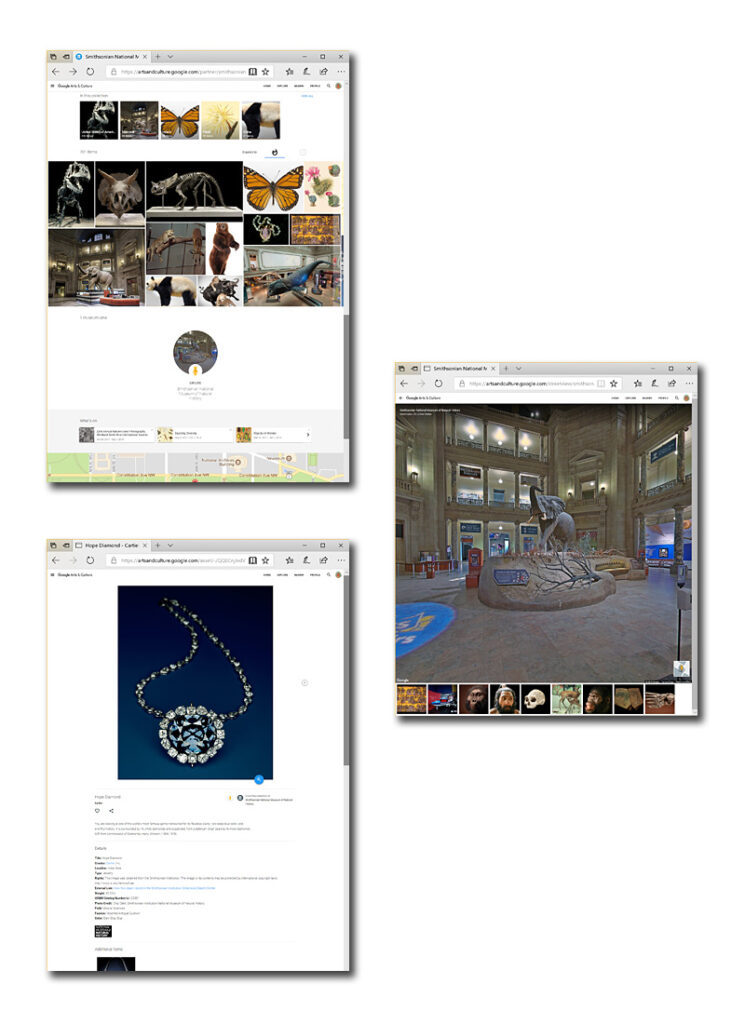

National Halls of Paleobiology and “Fossil Hall Fotorama”
The Smithsonian’s massive 31,000sq ft National Halls of Paleobiology are among the world’s most visited museum halls. After 30 years, the halls and the science exhibited were outdated and needed a complete reimagining. The halls were closed in 2014 and a $45 million, six-year construction project to build a new hall was undertaken. Despite the historically significant moment, in the year leading up to the halls’ closure, I realized that while the Smithsonian planned to engage press and social media, no one bothered to make any plans to provide a central place through which to conveniently engage the public about information and publicity regarding the closure of its mosts popular exhibition halls. I took the initiative to update the halls spartan exhibit pages with a newly designed version that centralized notable information regarding the closure of the hall, the new hall plans, related exhibits, social media coverage, web content, and programming. This ensured the public would be able to easily access information in one central, highly-trafficked, online location, and provided separate efforts in programming, social media, and press a convenient central location to direct the public to for further action or information.
In the months and weeks leading up to the closure, I was also involved in programming for the halls’ final weekend, expected to attract tens of thousands of visitors. I helped to design and plan the Fossil Hall Fotorama event, a social media connected photobooth type even in which visitors and families could have their photos taken one last time in the Fossil Hall with props and costumes and have those images posted to Facebook near-instantly, where visitors could download them as keepsakes, while also allowing for social media amplified buzz. The planning and experience of the event were detailed in a chapter of the book “Engagement and Access: Innovative Approaches for Museums”.
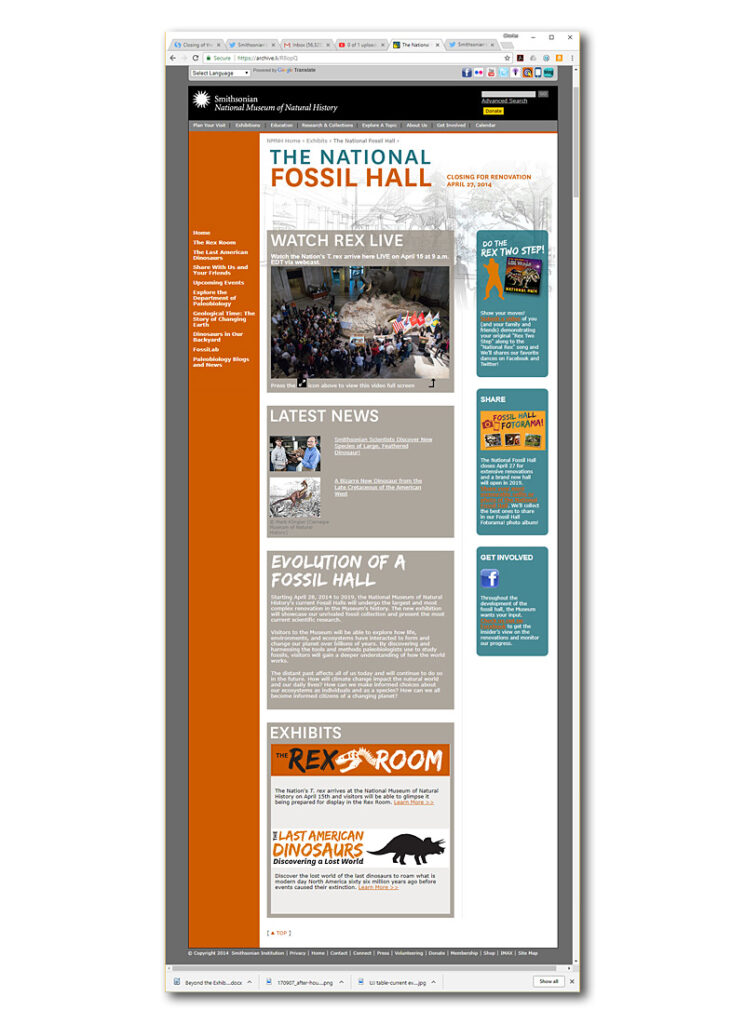
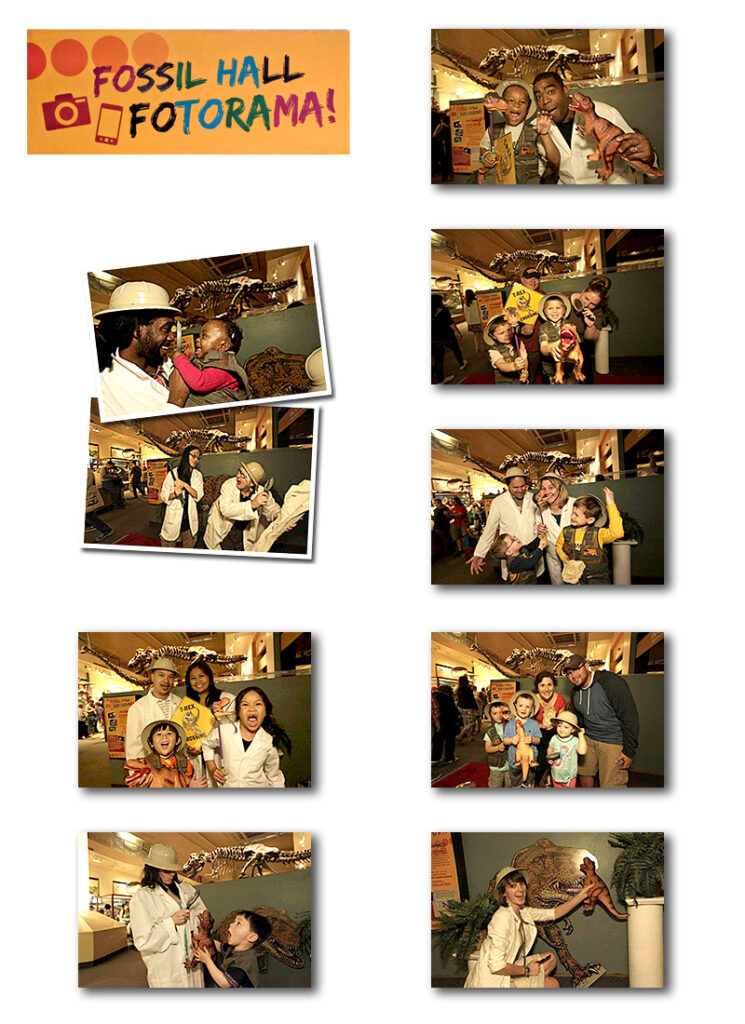
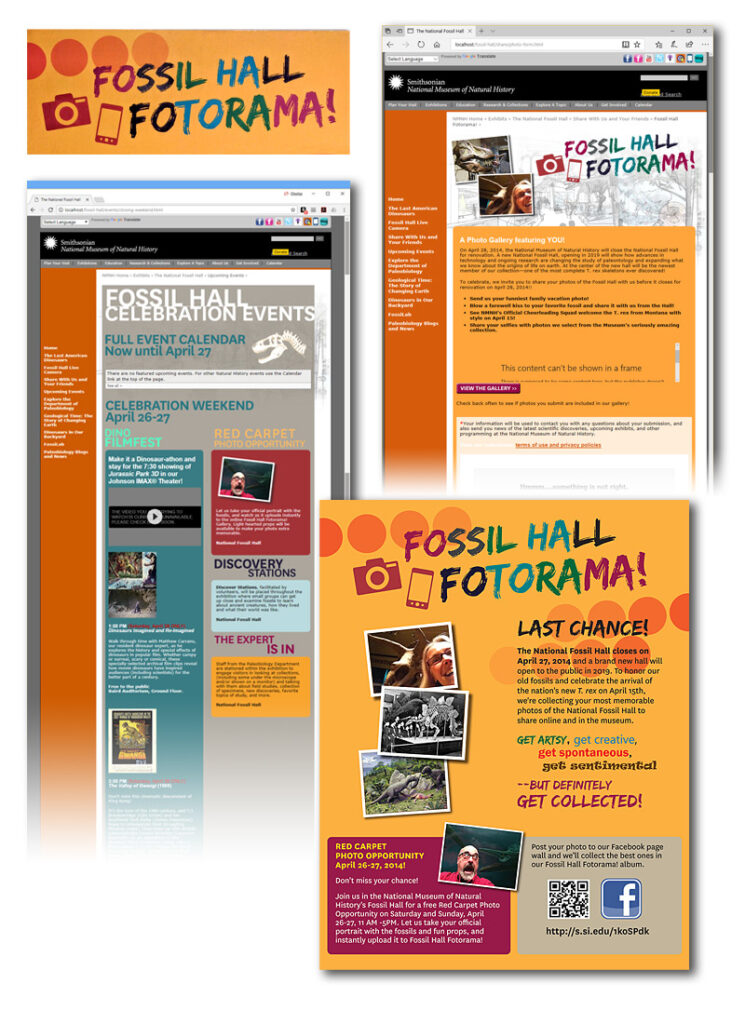
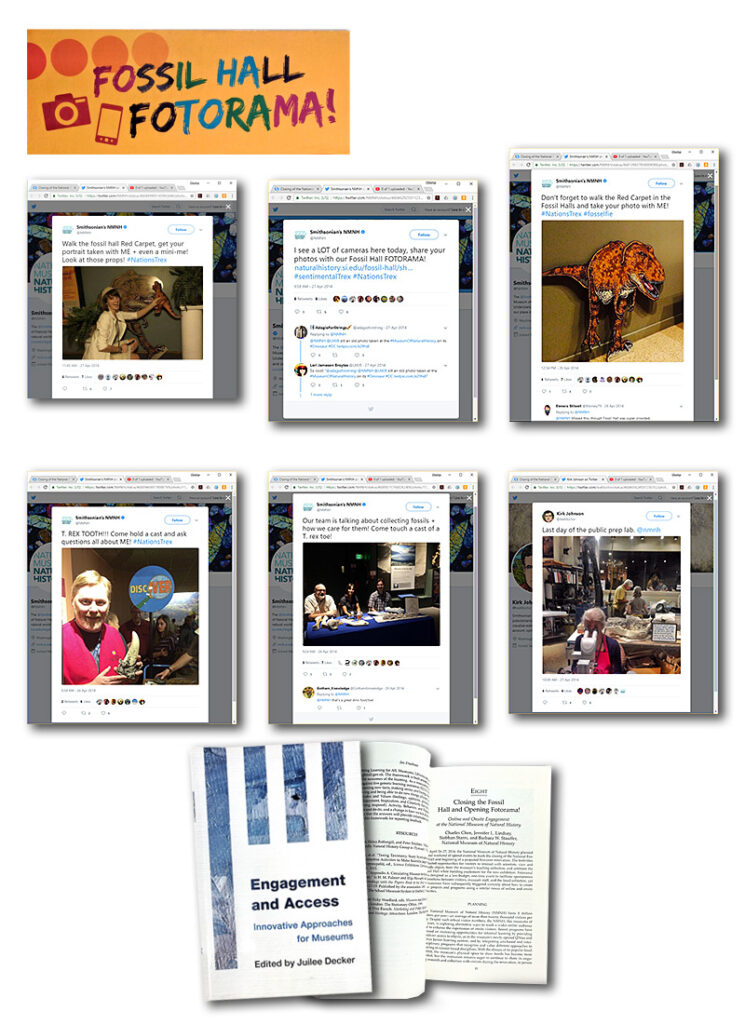

“The Last American Dinosaurs: Discovering a Lost World”
Following the closure of the National Halls of Paleobiology, the museum’s primary dinosaur presence became the temporary exhibit, “The Last American Dinosaurs”. My associated work included 1) the development and production of a pilot location-aware app, 2) the adaption of a game debuted in 1980 teaching the process of fossil production for use in the museum, and 3) creation of the exhibit web presence.
Working with the IT department, exhibition department, and the vendor Phunware, a pilot test app was pursued to test the performance and reliability of a beacon-powered, location aware mobile app with implications for possible adoption across the museum. The great challenge of this pilot was how to create a viable functional product in order to make broader strategic technology assessments while being severely limited by a miniscule fixed budget, a mere five hardware beacons, and lack of major app customizability. I worked with staff and the vendor to finalize beacon points and individual tour stops, draft documentation, repurpose exhibit video and textual content, produce audio recordings for the app, and involve staff to test internally.
The game adaption for the exhibition involved repurposing an HTML game originally featured in the Fossil Hall in 1980 so that it would be design and functionality appropriate for modern touchscreen displays powered by HTML touch capable digital signage hardware. This game was then integrated into an arcade shaped enclosure to enhance the feeling of nostalgia for visitors as they played.
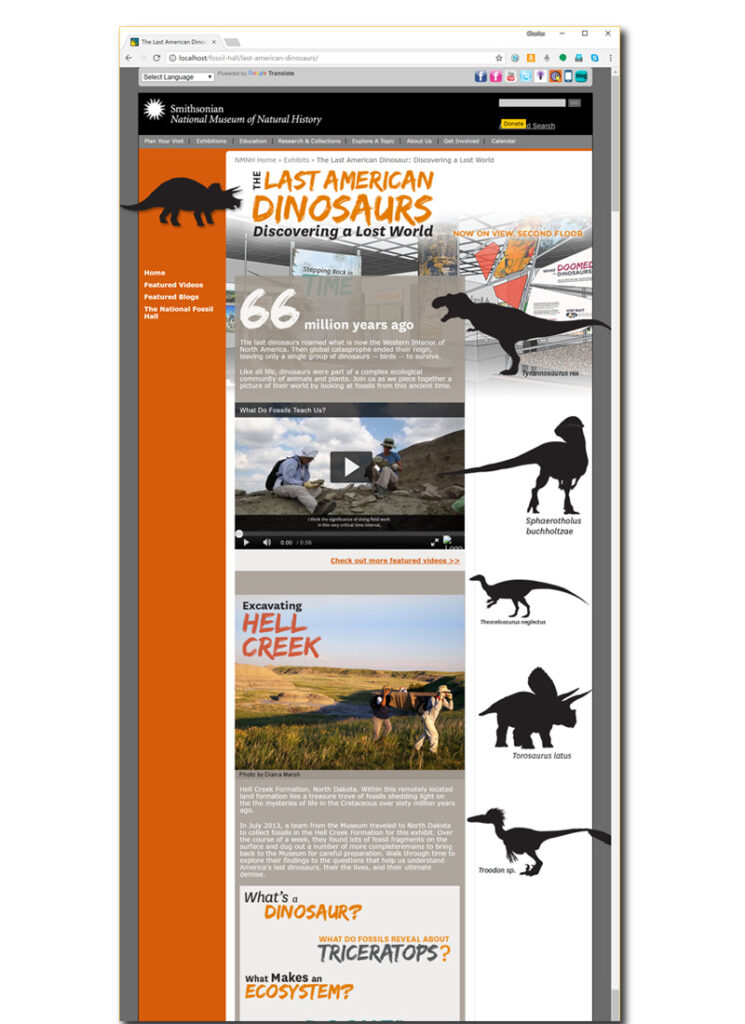
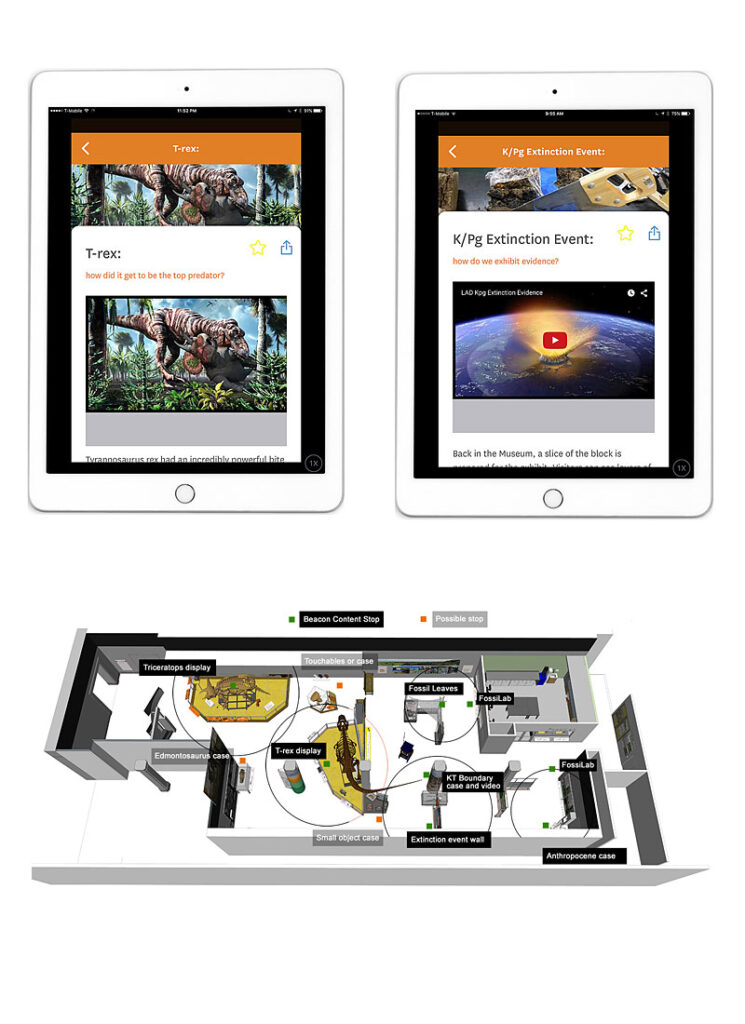
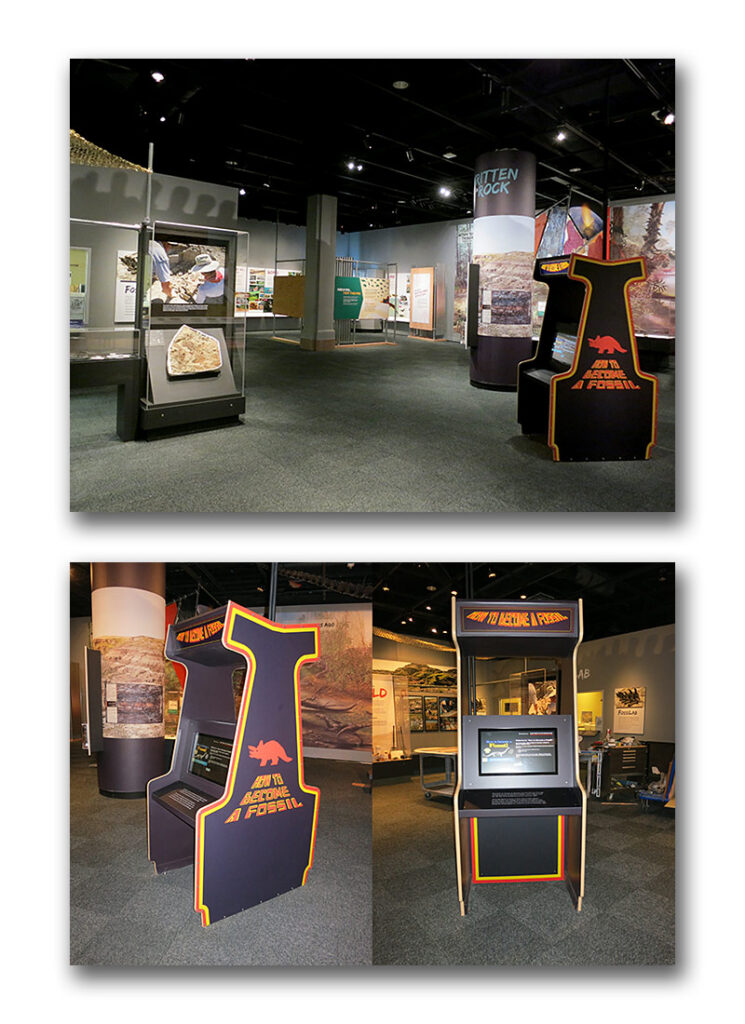
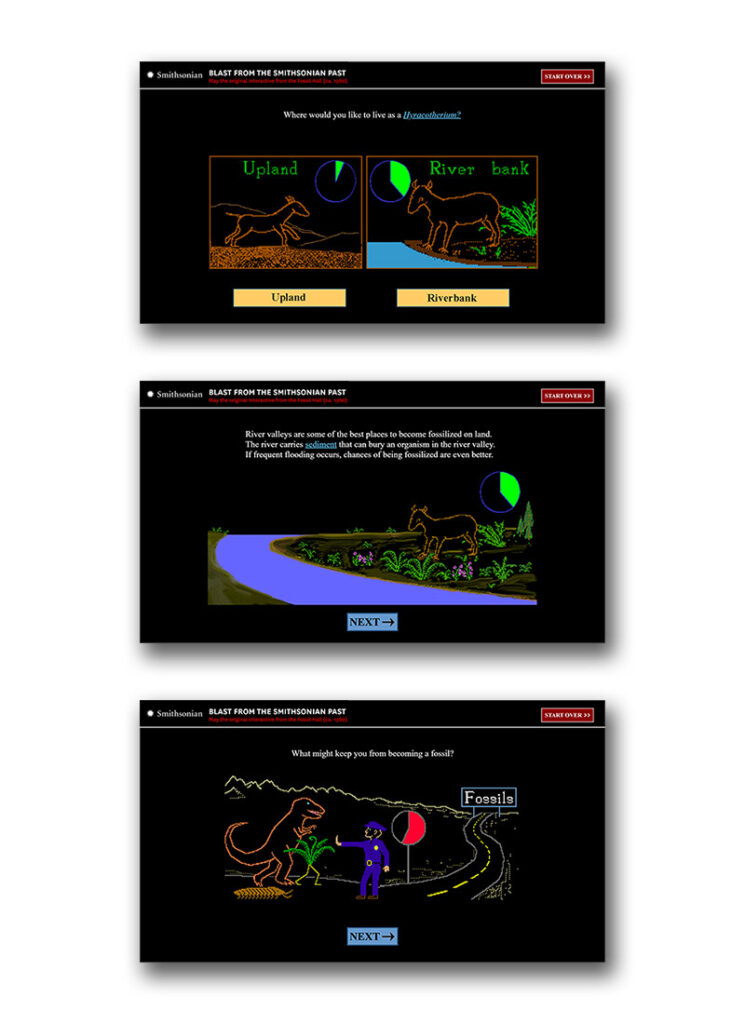
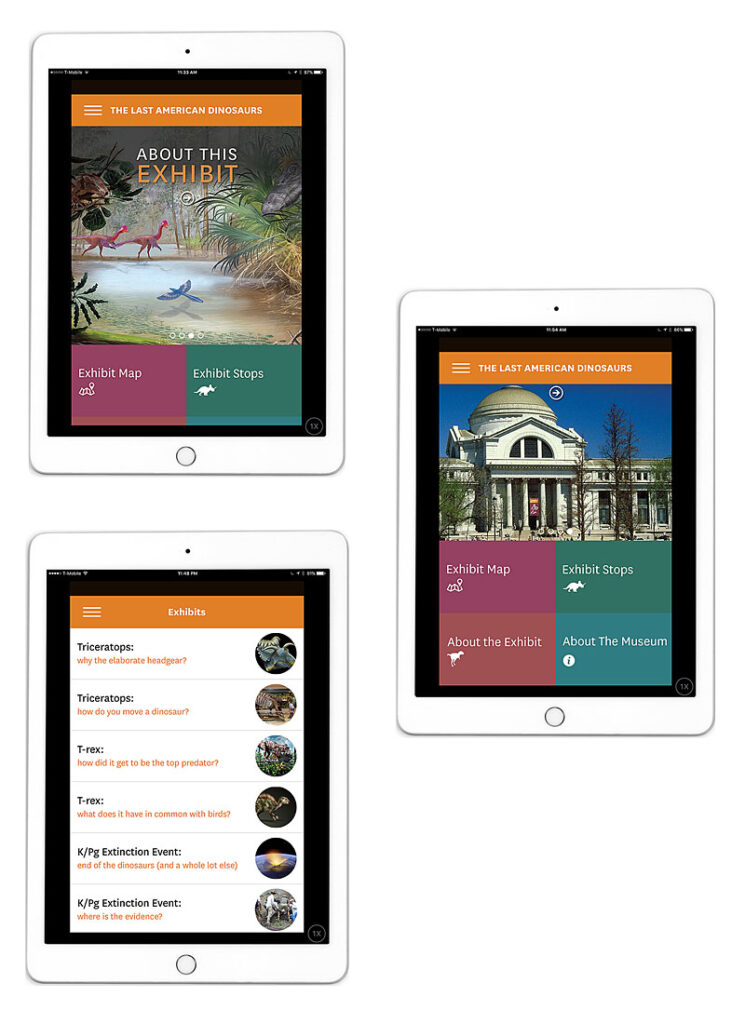
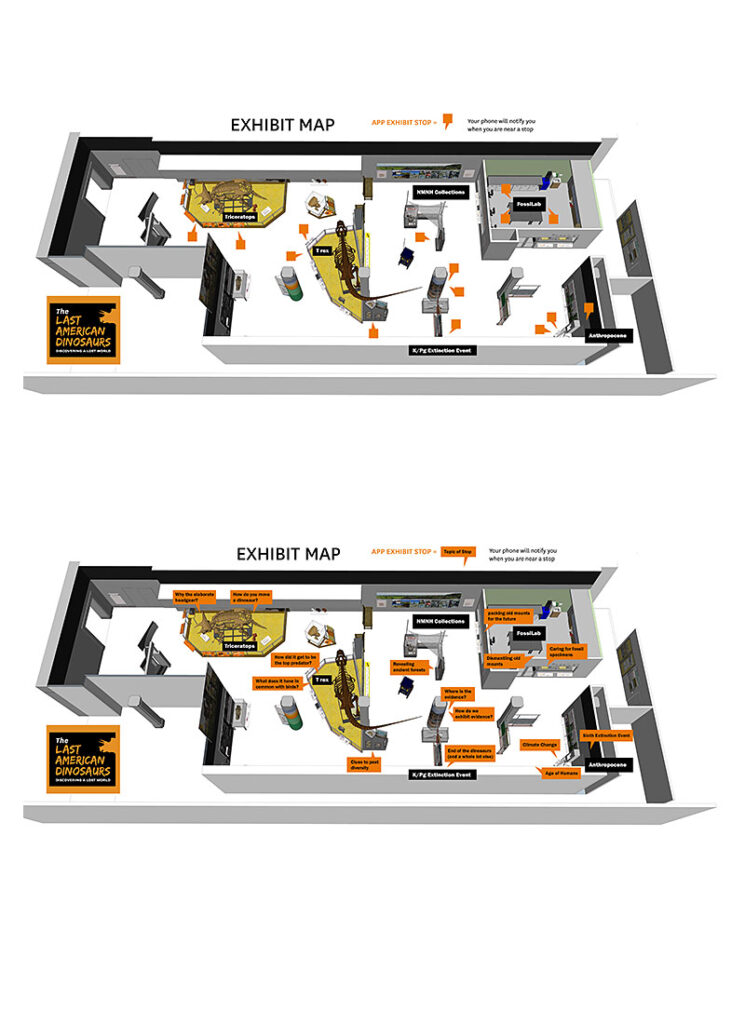
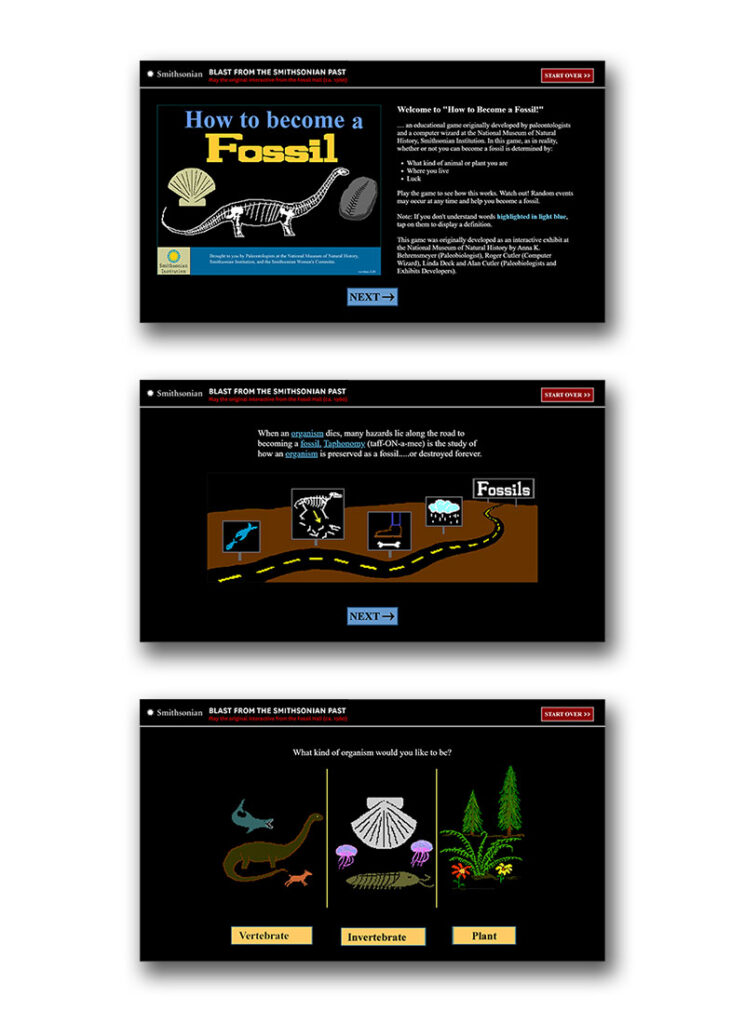

Skin and Bones Augmented Reality Mobile App
“Skin and Bones” is an award-winning mobile app that transforms visitors’ experience of the museum’s Bone Hall, the Smithsonian’s oldest exhibition hall, through leading-edge augmented reality technology. My involvement in the project involved developing wireframes to help conceptualize and finalize app interface design and functionality, conducting formative evaluation data collection to help understand visitor behavior in the hall and the effectiveness of wayfinding, filming video footage for the promotional video, and designing the Bone Hall web page.





Hall of Human Origins
In 2010, the Smithsonian National Museum of Natural History opened its new Hall of Human Origins, a 15,000 square foot permanent hall. Following the opening, a significant summative evaluation was pursued by the museum to assess impact and alignment with the museum’s newly minted evaluation framework. The museum engaged Chicago-based MEM & Associates to author and conduct the evaluation. Not being a local firm, someone within the museum was needed to lead the day-to-day on-site aspects of the evaluation. Working with MEM and museum staff, I coordinated a large group of volunteers to carry out the evaluation data collection within the museum halls over a number of months. I designed the tracking and timing instruments, learned and trained several volunteers on data collection using Noldus PDA based software, and conducted visitor tracking, surveys and public mind-map interviews alongside volunteers.
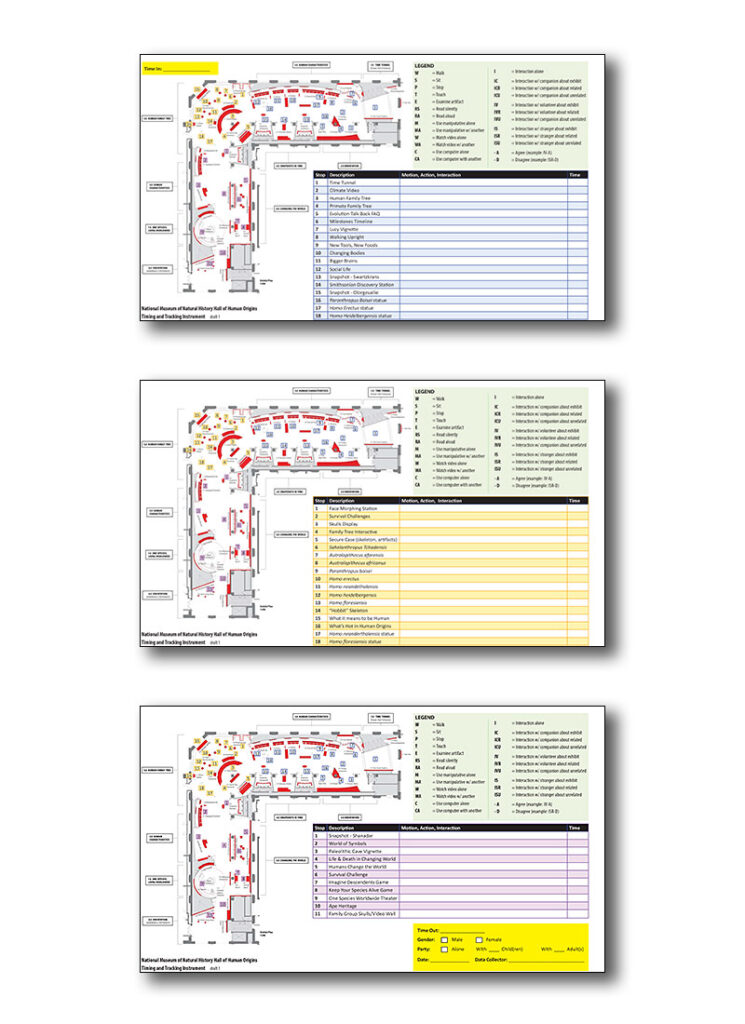
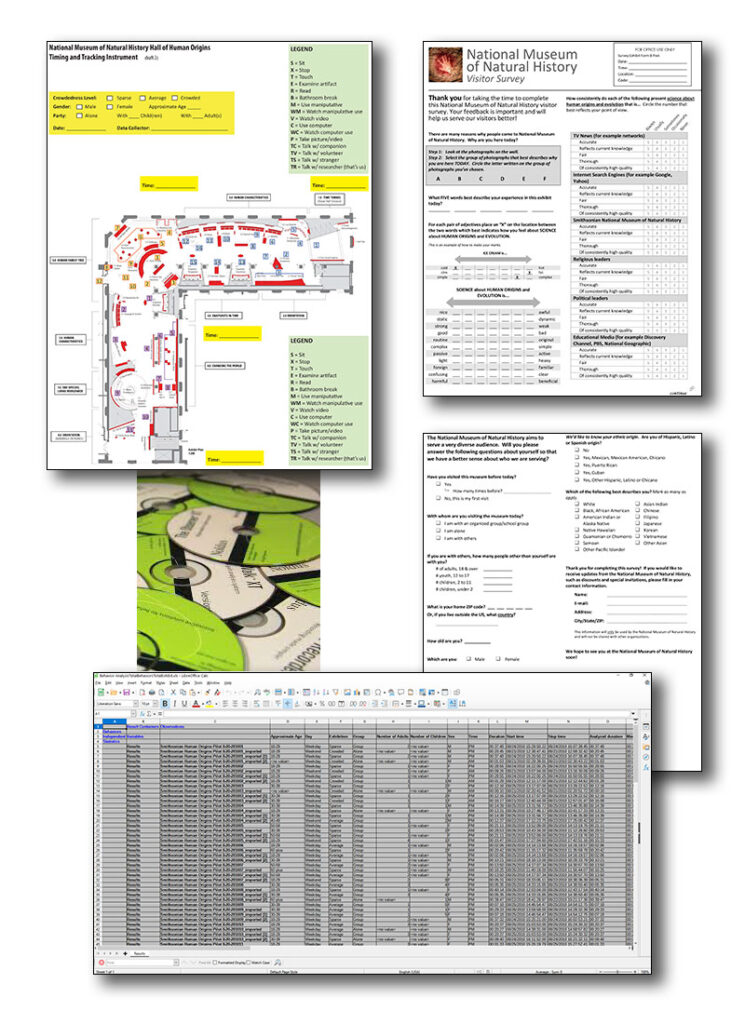
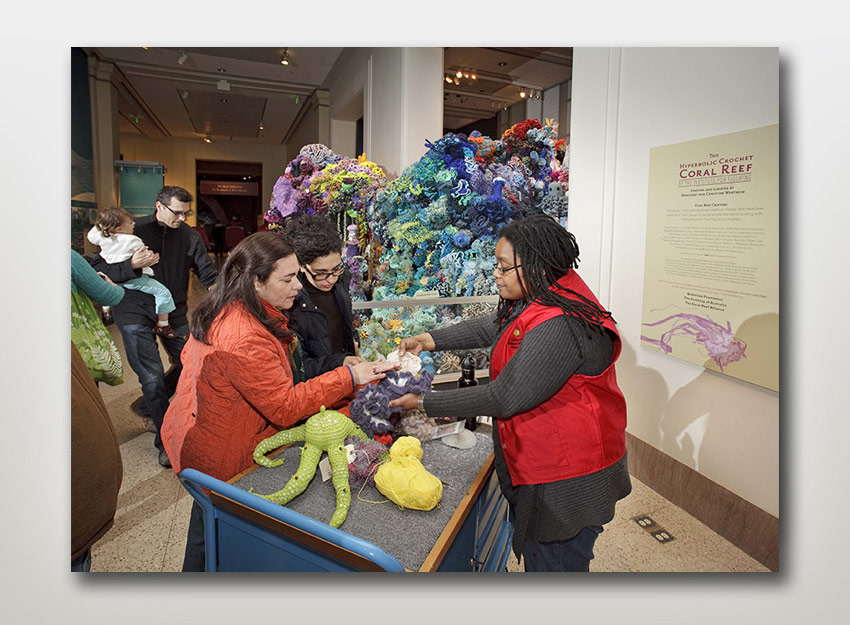
Exhibit Evaluations and Research
I have been tasked with evaluating a number of different special exhibitions at the Smithsonian, collaborating with staff to create logic models, design survey and tracking instruments, conduct data collection, and report results.
My work also involved performing research to inform museum decision making, such as researching and authoring a report on mobile use in museums.
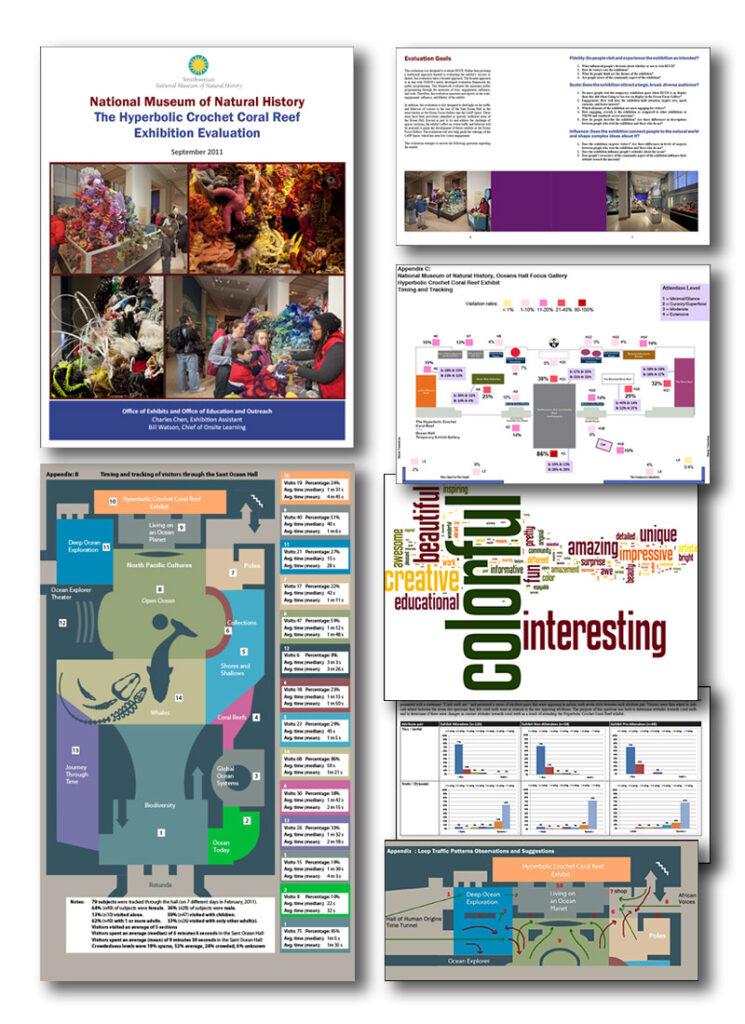


Ocean Hall Interactive Kiosks
Two of the Smithsonian National Museum of Natural History’s most heavily engaged exhibition interactive kiosks lie within the museum’s Sant Ocean Hall. The touchscreen kiosks each run two simple and fun games adapted from paper activities, “What’s my Ocean Animal?” and “What’s my Ocean Microbe?”. Visitors answer a number of different illustrated questions about personal preferences and personality traits to determine what ocean dwelling animal or microbe they are, teaching visitors about the characteristics and habitats of different ocean life. I designed and adapted the paper activities into touch screen digital interactives. Once visitors play the activity, they are able to share the results with themselves and friends via email from the kiosks, helping to advertise and drive traffic to the Smithsonian’s Ocean Portal website.





“Narwhal: Revealing an Arctic Legend” Exhibit Video
I created an exhibition video for the special Smithsonian exhibition, “Narwhal: Revealing an Arctic Legend”. The project team originally envisioned the video as a silent slideshow of images and text, but I soon realized that this format was not ideal given the amount of information the team wished to convey. Instead, I recommended incorporating voiceover and video to enhance the effectiveness of the piece. The challenge here was the limited available content to craft an effective final video. Tying together still images with select video source material, stock video footage, and recording voiceover audio with in-house talent, I was able to produce an engaging and informative exhibition video while using a very low budget.

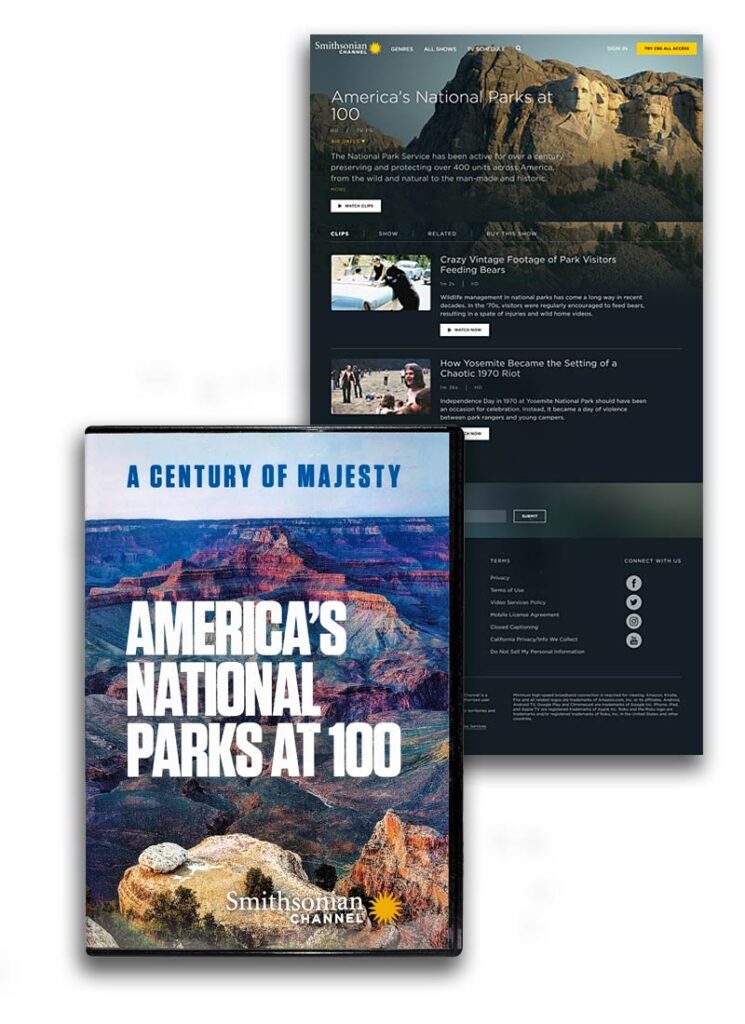
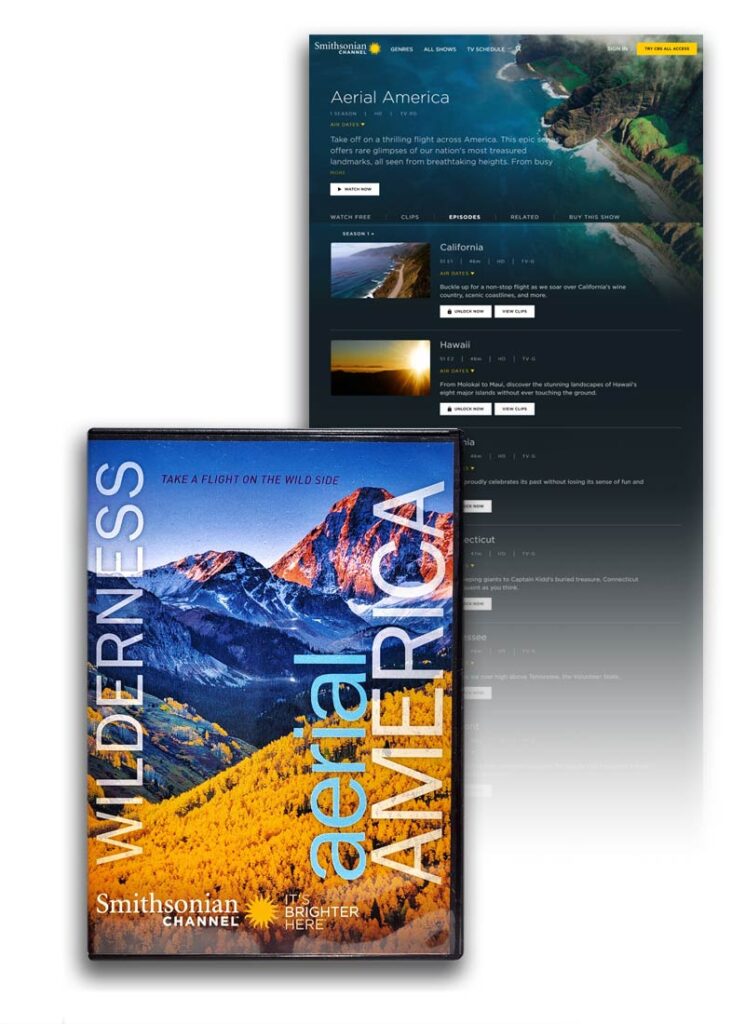
Smithsonian Channel Mission Critical Programming
The Smithsonian Channel, a joint venture between the Smithsonian Institution and Showtime Networks, is a nationally broadcast cable television and online channel. Its popular documentaries both inform and entertain visitors about history, culture, air and space, science, nature, and more. While commercial in nature, the Smithsonian Channel’s mission is also to highlight a certain number of programs each year whose topics focus upon the important work of the Smithsonian Institution across its nineteen museums, twenty one libraries, nine research centers and zoo. These coveted programs are known as Smithsonian Mission Critical programming.
All Smithsonian entities are encouraged to submit programming proposals for Mission Critical programming consideration annually. Each proposal must be reviewed and approved by the Museum or unit’s director and is then considered by a Mission Critical Committee made up of experts from across the Smithsonian and assessed upon its importance to the Smithsonian mission, its storytelling potential, and audience appeal. The most promising proposals are then recommended to the Smithsonian Channel for production consideration into televised programs. Proposals selected for production reach a large national and global audience and bring substantial financial revenue to the proposing unit. I identified, wrote, and submitted four mission critical programming proposals, each were approved by the museum, reviewed by the Smithsonian Mission Critical Committee, and each was recommended to the Smithsonian Channel for production. Two proposals were selected for production into television programs. I then met with the program producers to suggest subject matter and Smithsonian experts, and review the final cut. “Aerial America: Wilderness” was made as an episode of the Channel’s popular long-running series, Aerial America, and timed with the 50th anniversary of the passage of the Wilderness Act. “America’s National Parks at 100” was made as a documentary program celebrating the centennial of the creation of the National Park Service and exploring many of its parks and historical sites.
